Elbit America’s Holistic Situational Awareness & Decision-Making capabilities enhance the role of the pilot in the OODA loop and sensor-to-shooter framework, enabling the operator to focus on tactics, not sensor management.
The products described in this article are currently in development or in production by Elbit America’s 3,500 employees, at its engineering and manufacturing facilities, across seven U.S. states.
SITREP: U.S. Navy and Marine Corps Aviators deter aggression by limiting the success of Red’s airborne provocations.
Weeks passed.

The Reds busied themselves flying large numbers of small, fast, and expendable commercial UAS along the ceasefire line, just outside the DMZ. At first, Blue Forces went to battle stations with every occurrence; later, the Blues amused themselves by waving and taunting the drones, but eventually came to ignore them. They felt safe and confident since they were backed up by AI-empowered MATR-X radars to alert them to true, credible threats, and ReDrone counter-UAS systems to defeat them if needed.
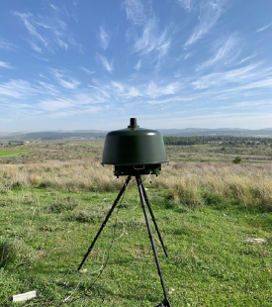
The ReDrone jamming dome can disrupt the remote command signals that direct a UAS, causing it to crash or be taken over by the ReDrone system for recovery and investigation.
Then the manned combat aircraft arrived.
The short Blue-Red war saw the destruction of both nation’s small, antiquated air forces. But post-conflict, Red’s East coalition sponsors sent manned fixed- and rotary-wing combat aircraft and pilots to fly them as part of its contribution to the international peacekeeping operation. This was an unwelcome and potentially destabilizing development.
Blue immediately lobbied for a no-fly zone as a buffer on both sides of the DMZ, which Red supported, but then never agreed to exactly how large the no-fly zone should be. While no armed aircraft could enter the DMZ, it was still possible for Red to attack Blue targets both inside the DMZ and adjacent to them while operating from the safety of its territory.
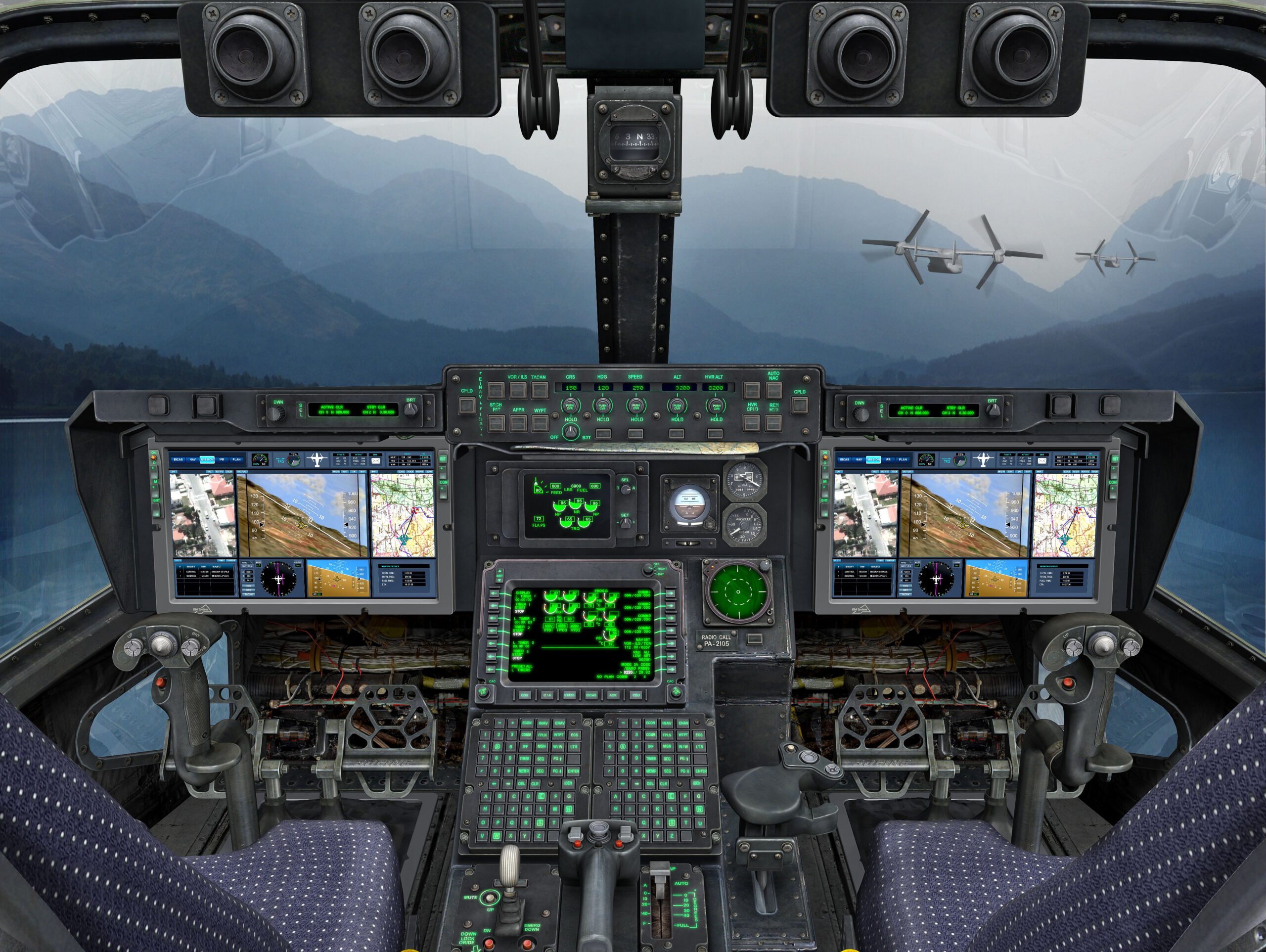
Artist concept of Large Area Displays (LADs) inserted into the V-22’s cockpit.
To back Blue, USINDOPACOM dispatched an Expeditionary Strike Group (ESG) equipped with a U.S. Marine squadron of F-35Bs and a number of Marine and U.S. Navy-operated rotary-wing combat and support aircraft. Capable of formidable lethality if necessary, their immediate mission was deterrence – to keep Red and its allies from making poor choices, such as flying into Blue’s territory, the DMZ, or attacking air, ground, or naval targets therein.
Reminiscent of Cold War-era air patrols of the inter-German border, the two sides began to quickly mirror each other’s air operations. If a Red jet flew along the DMZ, a Marine F-35 did the same; if a Navy helicopter flew it, so did a Red helo.
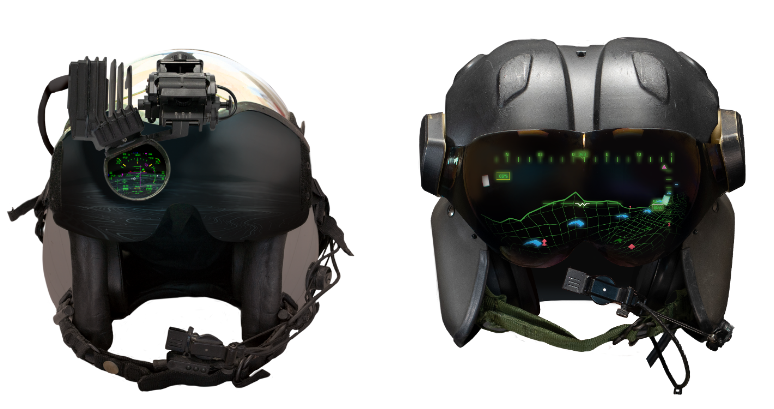
[Left]: U.S. Army, Navy and Marine – as well as numerous allied nation – helicopter pilots fly using the Helmet Display Tracking System (HDTS); [Right]: Elbit America has developed a next-generation HMD for rotary-wing pilots called X-Sight that leverages investment in, and provides capability similar to, the F-35 HMD.
At first, both sides gave the DMZ a wide berth, but over time Red – either due to aggression or poor aviating and navigating – began flying much closer to the DMZ. In response, the U.S. aircraft turned toward the approaching aircraft to brush them back, with Red turning away just in time. However, Red then used the U.S. response to claim Blue it and its western allies were crossing into the DMZ; International pearl-clutching ensued.
U.S. diplomats were able to quickly calm the faux outrage because the U.S. pilots and aviators enjoyed several technology advantages to ensure the precision of their flying – holistic situational awareness and decision-making tools. Those include helmet mounted displays (HMDs) designed to keep the pilot’s “head up and eyes outside” the cockpit as much as possible while providing detailed, easily understood flight information to keep them on course and aware of an adversary’s position, heading, speed, and possible intent all on their visor-projected high definition displays.
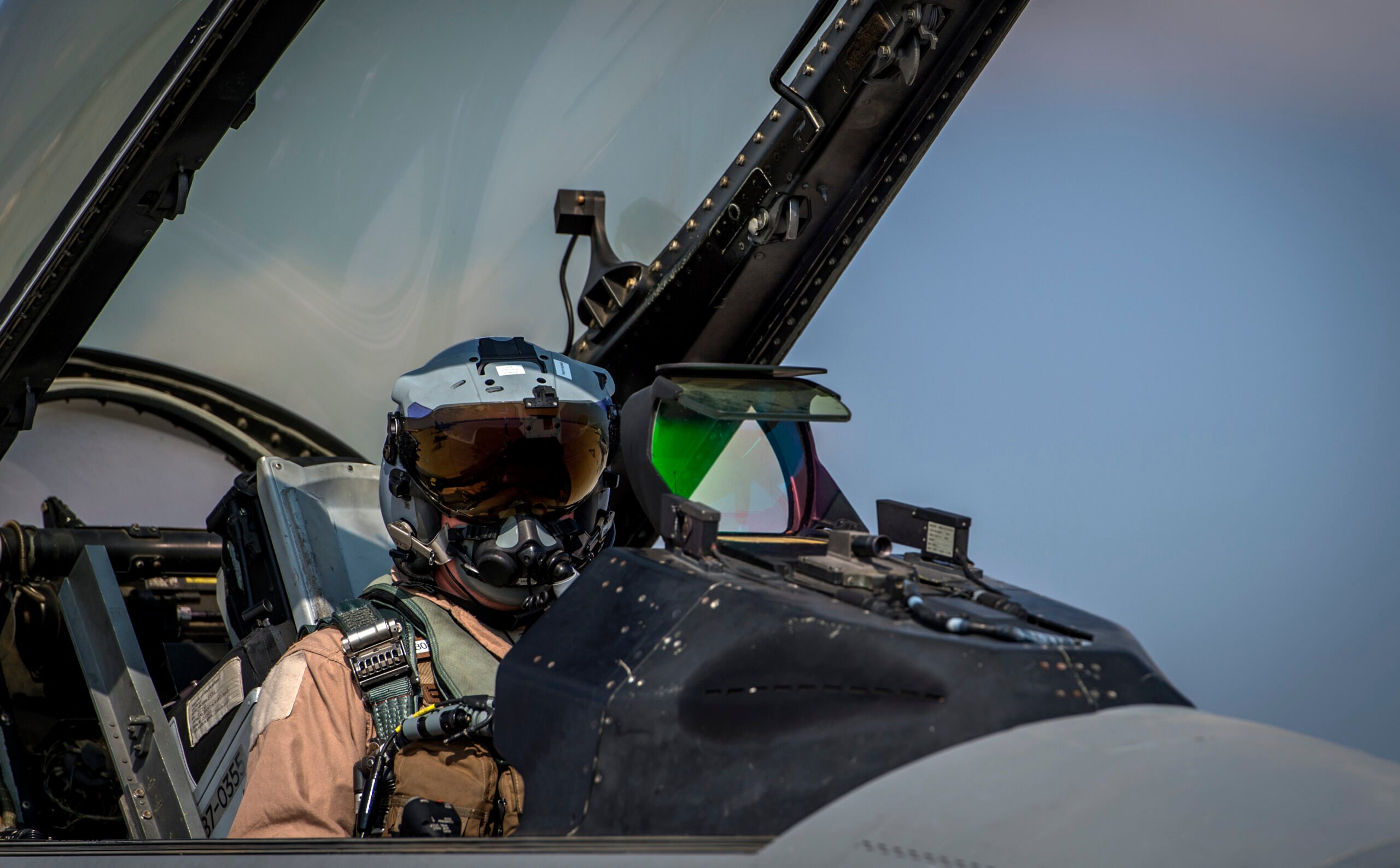
Navy Aviators and Air Force and Marine pilots – along with pilots from ~40 allied nations – fly high performance combat aircraft using Joint Helmet Mounted Cueing Systems (JHMCS) to aid their decision making. The U.S. Navy recently chose to upgrade this system by incorporating the Zero-G HMDS+.
Other technologies aboard the aircraft include a low-profile head-up (HUD) and large-area, high-definition cockpit multifunction displays, robust and dependable mission computers to help run them, and datalinks to give pilots greater situational awareness by fusing data from both onboard and offboard sensors.
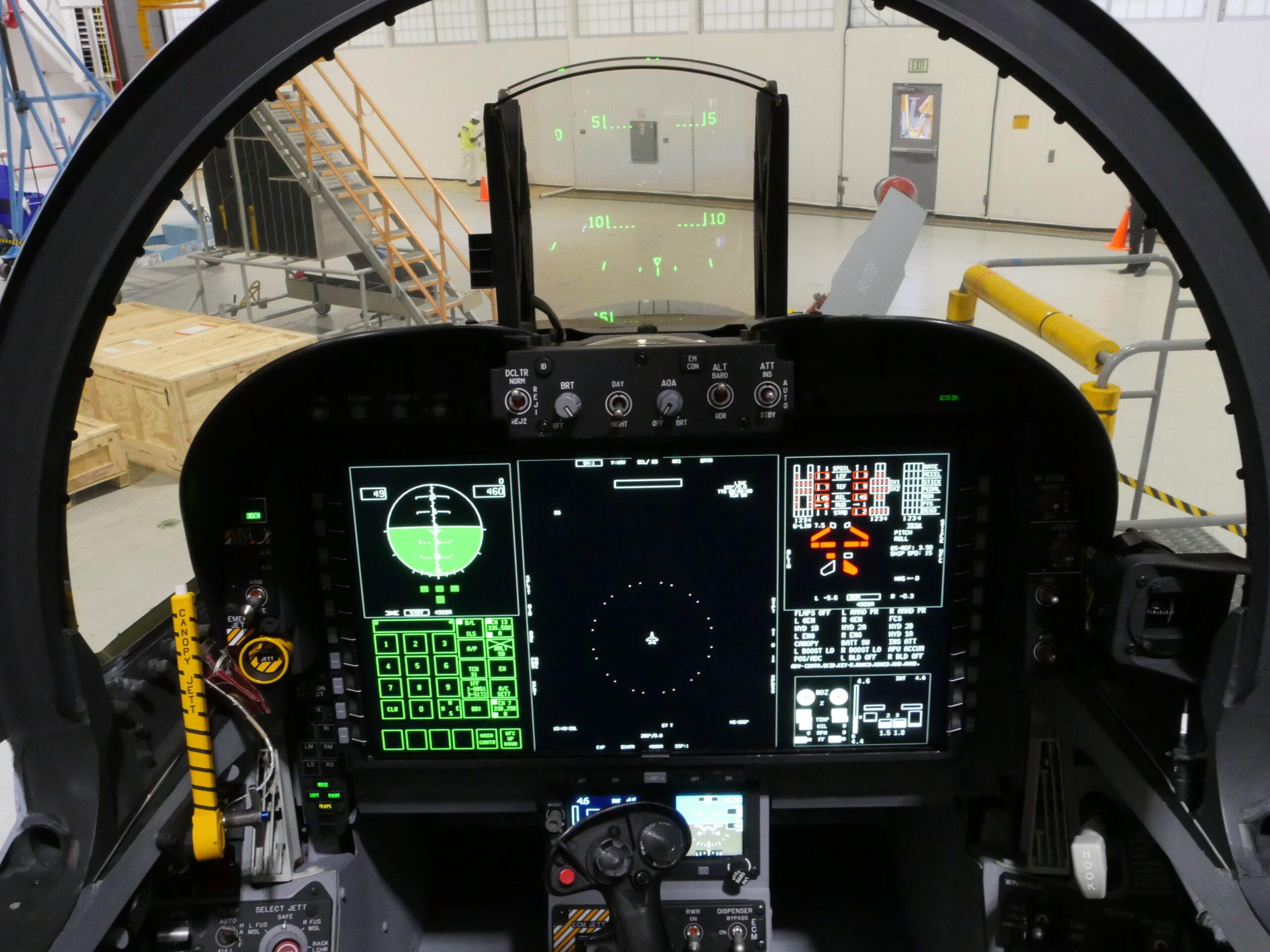
F/A-18E/F Block III Super Hornets pilots benefit from the increased situational awareness provided by Elbit America’s Advanced Cockpit Station (ACS) that includes Large Area Displays and a Low-Profile HUD.
Capable of sharing as well as receiving information, these aircraft were critical nodes on the information web the U.S. and allied forces had established above and beyond the battlespace.
By doing so, Team Blue enjoyed supreme tactical and operational advantage through holistic situational awareness and decision-making. Incorporating AI and machine learning to enhance quick decision making within the aircraft as well as up and down the chain of command, from the DMZ all the way back to Washington, D.C. Electro-optical distributed aperture sensors (EODAS) and full-motion video (FMV) data links transmitting what F-35 pilots were seeing across the Advanced Battle Management System (ABMS) to the Joint Staff at the Pentagon – in real time, half a world away. And everything was recorded for posterity.
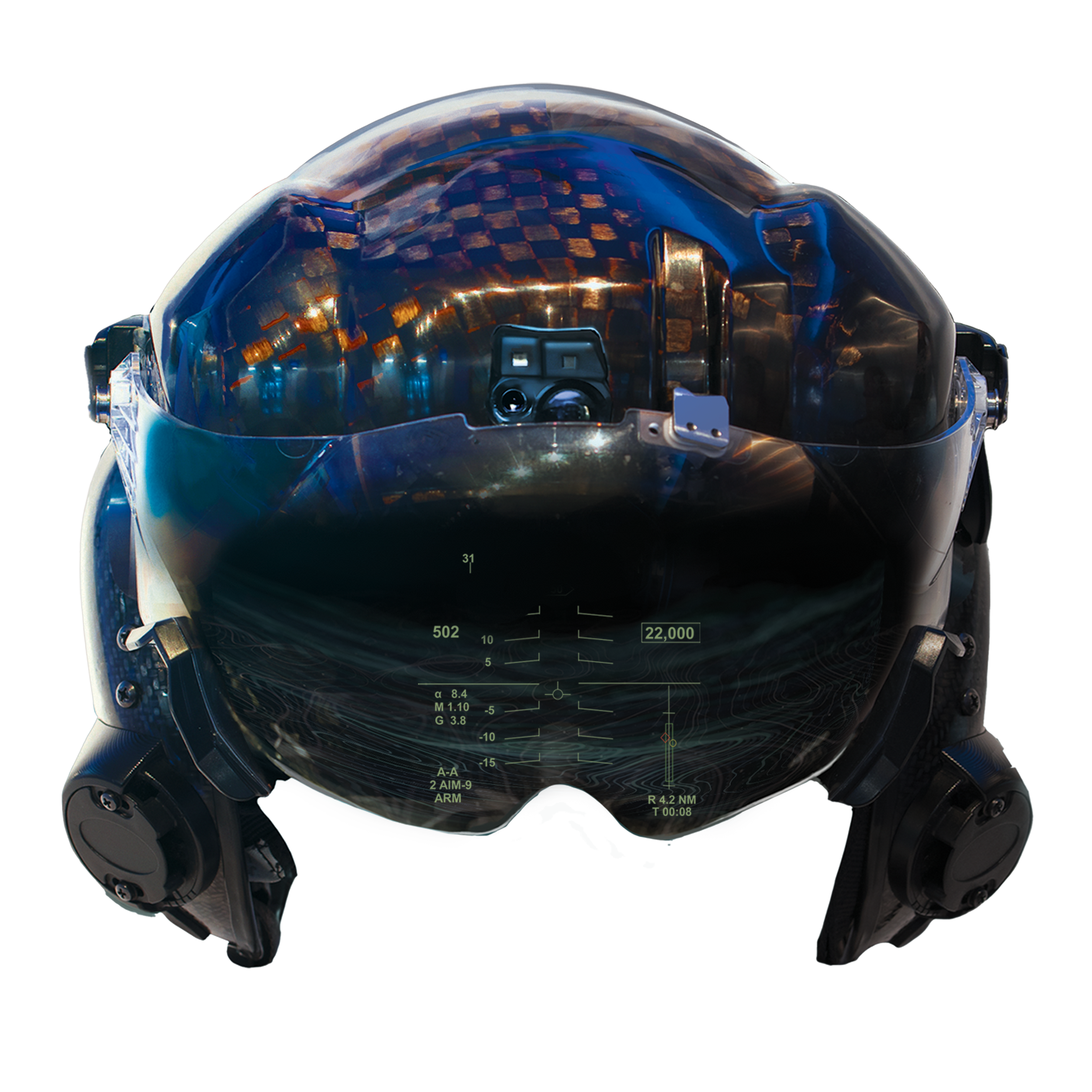
Every F-35 pilot in the world flies wearing this helmet mounted display (HMD), supplied by the Collins Elbit Vision Systems (CEVS) joint venture between Collins Aerospace and Elbit America. Projecting critical flight and target information onto the visor directly in front of the pilot’s eyes, it removes the need for a Head Up Display (HUD) and – using distributed aperture sensors – allows pilots to “see through” the aircraft’s structure to engage off-boresight targets.
The preponderance of this evidence made it clear that Red was provoking Blue, trying to draw the Marines offsides by feigning a false start, all while claiming innocence and injury. But with each encroachment, the Marines, Blue and the West was learning much about Red’s aircraft and the tactics, techniques and procedures their pilots use. This data was extensively reviewed, considered, and fed into the networked electronic warfare system within the Joint All-Domain Command & Control (JADC2) environment the U.S. forces share. The AI looked for “tells” to help determine what a next move could be, then provided counter-tactics to the pilots about what actions they could do to defeat them.
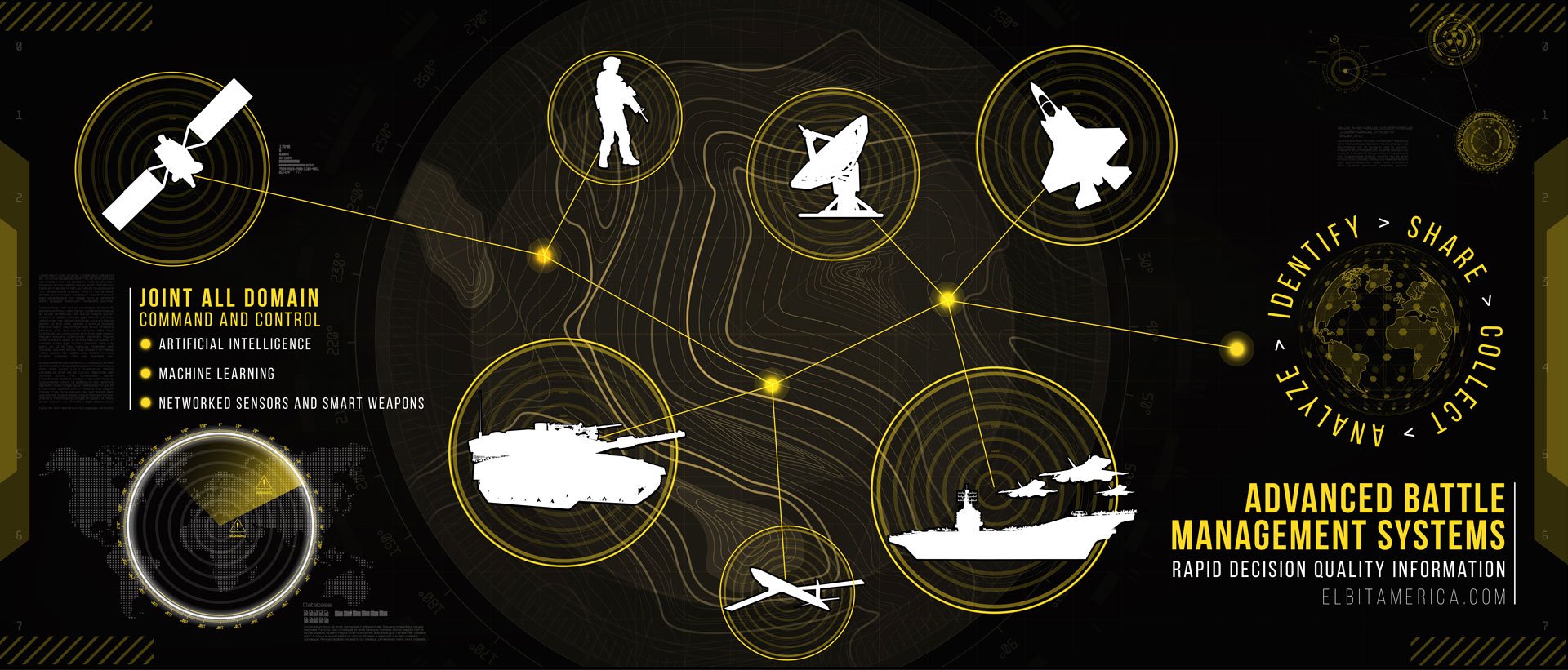
Critical to Air and Space Power is the ability to find, identify, track and engage targets in any operating environment and share that information quickly and accurately so that correct decisions can be made and appropriate action can be taken. Elbit America uses its decades of experience engineering and manufacturing sensors and seekers, and systems integration, to ensure every platform can sense, make sense, and act as part of the Joint All Domain Command & Control (JADC2) concept of operations.
And if necessary – as always – every U.S. aircraft carried sophisticated countermeasures for survivability should Red decide to seek an answer to the question of how lethal the F-35 and other U.S. combat aircraft truly are.
The world watched, and waited.





















